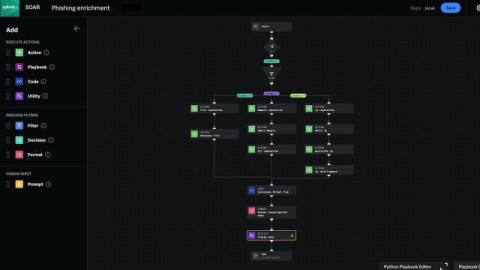Embracing Observability Tools to Empower Security Incident Response
Companies spend a huge amount of their budget trying to build, manage, and protect cloud environments. Since there is no industry standard for sharing data feeds between development and security, each team is on an island trying to figure out how to keep their side of the room clean. The most robust security incident response teams understand the incredible value of using observability telemetry for security workflows, but are unsure how to make it happen in practice.








